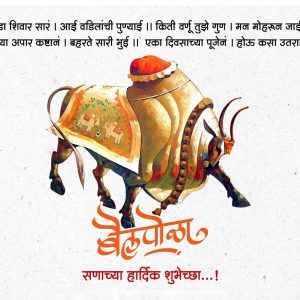Dhodap is a hill fort in Maharashtra. One of the many forts in the district of Nasik, the fort is situated at an elevation of about 4700 feet from the ground. There is a temple of Jagdamba in the fort, along with an idol of Hanuman at the op of one of the tanks.
There are many caves atop the fort and one of them is considerably spacious. There are cisterns and tanks of water at the top. There are inscriptions in persian at the entrance to the fort, which is shaped in the form of a tunnel. Some human settlements can be found inside the fortifications as well. A natural wall of rocks is found at the top, which imparts the fort a distinct quality. From the top of the fort, the peaks of Saptashringi and Vani can be seen clearly.
Dhodap Fort is the 2nd Highest Fort in Maharashtra after Salher Fort and Dhodap hill is the third highest hill peak in Maharashtra. Dhodap hill ranks as 29th highest peak in Western Ghats.
Dressed stone and brickwork combination was used to built Dhodap Fort. Both sides of the forts have strong bastion. Dhodap has a pointed cliff called Shembi cliff. Things to see beautiful entrance door, Ikhara cliff on the eastern side of Dhodap is ideal for rock climbers. Dhodap Fort has many caves and temple of Lord Hanuman, Lord Shiva and Lord Ganesha. Reaching top of Dhodap involves climbing rock cut stone steps. You can see Rawla – Jawla Fort on west face and Ikhara Peak on east face.
About Fort:-
Dhodap (Marathi: धोड़प), is one of the hill forts in Maharashtra state in India. Situated in Kalwan taluka in the Nashik district. the fort is 4829 ft (1472 mt) above sea level. It is the site of the second highest fort in the Sahyadri mountains after Salher. Dhodap hill is 3rd highest hill peak in Maharashtra after Kalsubai and Salher Dhodap, situated around 70 km from Nashik is a ‘Magmatic Dyke’ which is a very steep vertical wall of rocks created by intruding magma in to a fissure. The fort was belong to Nizams up to 1778 but after the treaty of ‘Bhalki’ between Nanasaheb Peshwe and Nizam’s fort came to Marathas, thereafter the fort was used as jail. Later on British conquered the Marathas in 1818. The fort is woth visiting. Remainants on the fort includes Ganesh Mandir, maruti Mandir, Qubars of the unknown warriors, Kalwan darwaja, bastions, two floored well, water cisterns. Etc.













2 Comments
Comments are closed.